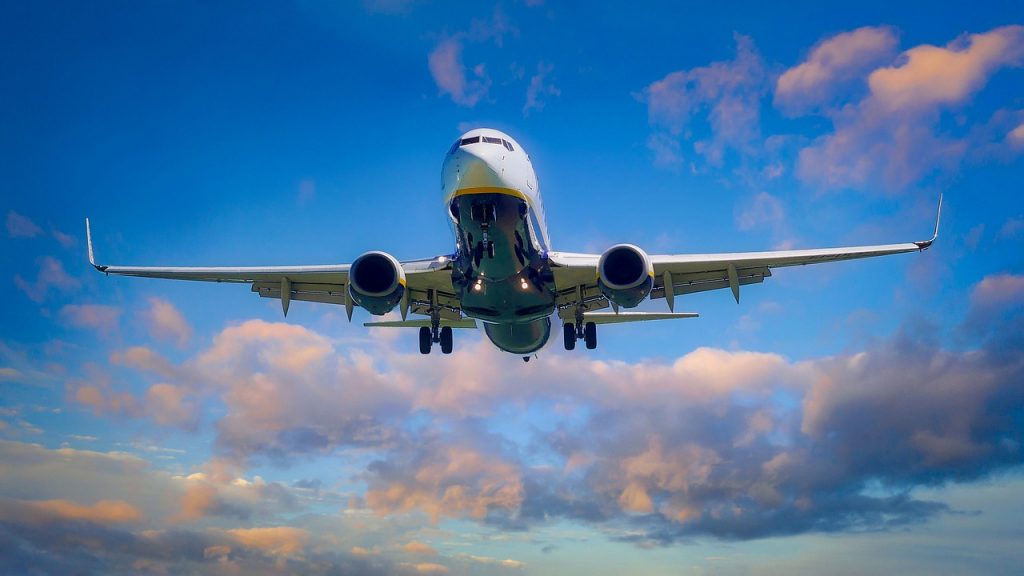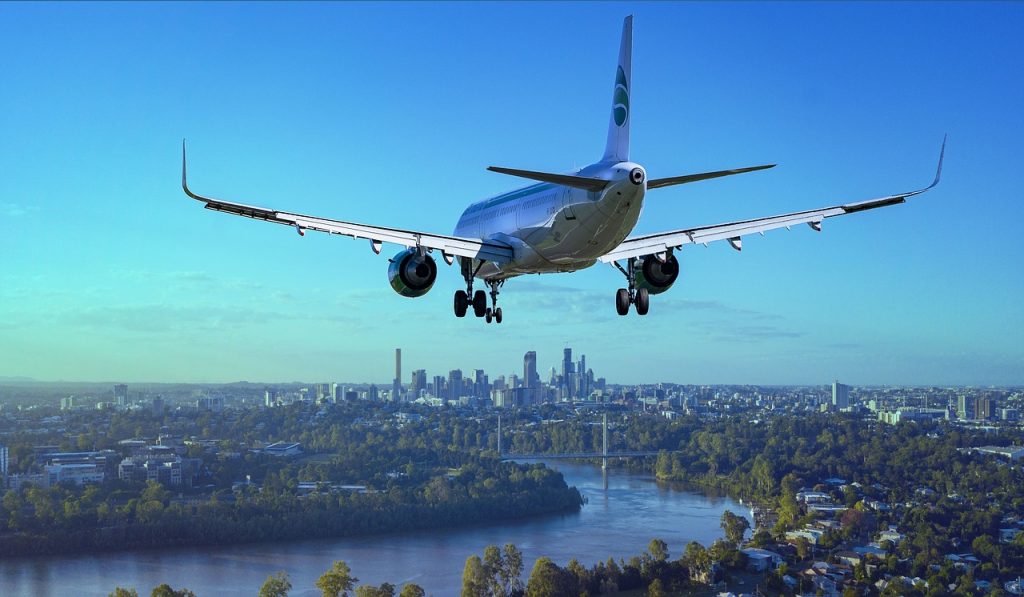How Airline Staffing Shortages Are Making Flying Increasingly More Dangerous
Airline staffing shortages could make flying more dangerous than ever, find out why.
This article is more than 2 years old

In the beginning of the pandemic, many industries had to let go of their in-person staff. As unemployment offered better living wages for Americans, workers nationwide knew it was more advantageous to keep the biweekly checks instead of going back to minimum wage. As more industries began to offer higher wages and substantial benefits for their workers, staffing shortages began to die down. But between multiple COVID surges, services like the airline industry have continuously suffered from low staffing, which has made flying more dangerous.
Through various waves of staffing shortages, pilots and airline staff are taking on more hours than usual. This has led to pilot exhaustion, where those expected to operate the planes have worked too many hours to do their job safely. Both Delta and Southwest airlines have agreed that this is an issue, making flying dangerous for staff and passengers. This problem is so apparent at Southwest airlines that the Southwest Airlines Pilots Association made a statement this past week, pressuring executives to acknowledge and treat this fatigue.
The letter penned by the Southwest Airlines Pilots Association described fatigue as the “number-one safety threat” at the company currently. Pilots unable to stay alert during their flight could make flying extremely dangerous, a liability that airlines cannot afford to risk. The association stated that both unpredicted cancellations and accelerated flight demand pushed pilots past their limits. Not to mention, COVID is still a real threat that airline staff have been dealing with, which caused mass staff shortages in the early months of 2022.
The increased demand of flight travel has almost reached normal pre-pandemic levels. Flight tickets sold have reached 90% of 2019’s numbers, indicating that air travel is a desirable transportation option again. But escalating demand that doesn’t reconcile with the latest staffing concerns could make flying significantly more dangerous. According to data from the Transportation Security Administration, airlines nationwide are down by 3,000 people on average. Amongst pilots, many retired during the pandemic due to old age or insufficient wages. With many pilots leaving the profession, airlines are in a serious predicament.

Southwest Airlines are investing in new hires this year, hoping to offset the pilot-fatigue situation. The airline intends to hire 8,000 new people to fulfill critical roles, with 40% of those hires in the flight crews. But hiring isn’t the only issue when it comes to pilot exhaustion. President of the Southwest Airlines Pilots Association, Casey Murray, explained that a bigger issue is with scheduling and organizing. “Inefficient scheduling processes” in a fast-paced environment have led to many pilots’ over-exhaustion, making flying dangerous around the nation.
Though pilot exhaustion is a huge topic of conversation recently, this issue is not a new one for local airlines. In their letter, the Southwest union included that this was a problem back in October when documented fatigue inclined by 600%. These numbers continue to increase, making flying unequivocally dangerous. Pilots who reported difficulties from exhaustion went up 330% last month, indicating that this issue will only continue to grow if airlines don’t handle it soon.



